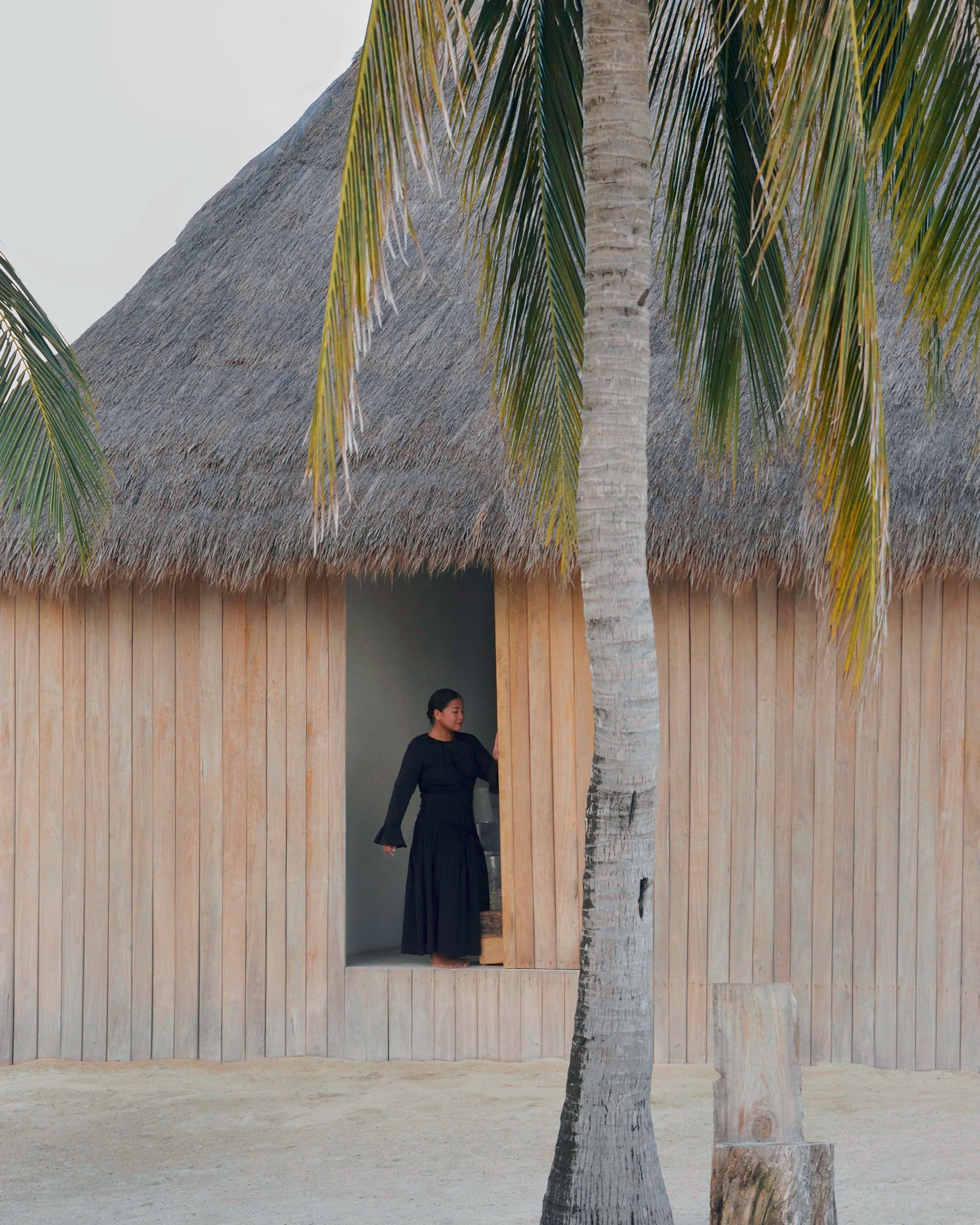Vianca Soleil Roquero will not be rushed to finish her dream home and resort, which is built with the materials that nature provides.
Photographer and interior designer Vianca Soleil Roquero built Unna, her Romblon resort, one piece of discarded marble at a time.
“A slow build,” was Vianca Soleil Roquero’s gospel in constructing Unna, an eco-resort nestled between a cove and a mangrove forest, located in the idyllic barrio of Puro Island, Romblon.
It’s been over two years in the making, but Vianca is in no rush to open its doors haphazardly, despite her DMs flooding with inquiries.
“Ideally, earliest by 2023 we have to open,” she says, but who’s counting the days? Curious travelers probably are, but not Vianca, as she remains mindful of Unna Resort’s non-invasive construction, sourcing of furniture, and impact on the existing community of Puro. “Coming here, we didn’t build with machinery or big trucks. I realized that the most sustainable way to build was to build like a local.”
Roquero is a trained interior designer and photographer who has worked and traveled in faraway places like Dubai, Kenya, the United States, and Tibet. Her resort was born out of an all-too familiar story of Millennial burnout and a quarter-life epiphany, realizing, she says, that “maybe it’s the simple life I’m looking for.”
After graduating from University of Santo Tomas’ prestigious Interior Design program, she moved to Dubai in the mid-aughts. She was doing exceedingly well in her career, calling her then-self a workaholic, but exhaustion caught up and so did her doubts on grind culture and the path she was taking.
“For two or three years, I spent some time traveling. I felt like my soul was at its happiest when I’d visit small towns in Tibet, Nepal, Cambodia.” A slow build up to her passion project Unna, Vianca recounts how traveling forced her to question what living meant to her. There, it dawned on her that to live a simple life by the sea has long been her and her family’s dream.
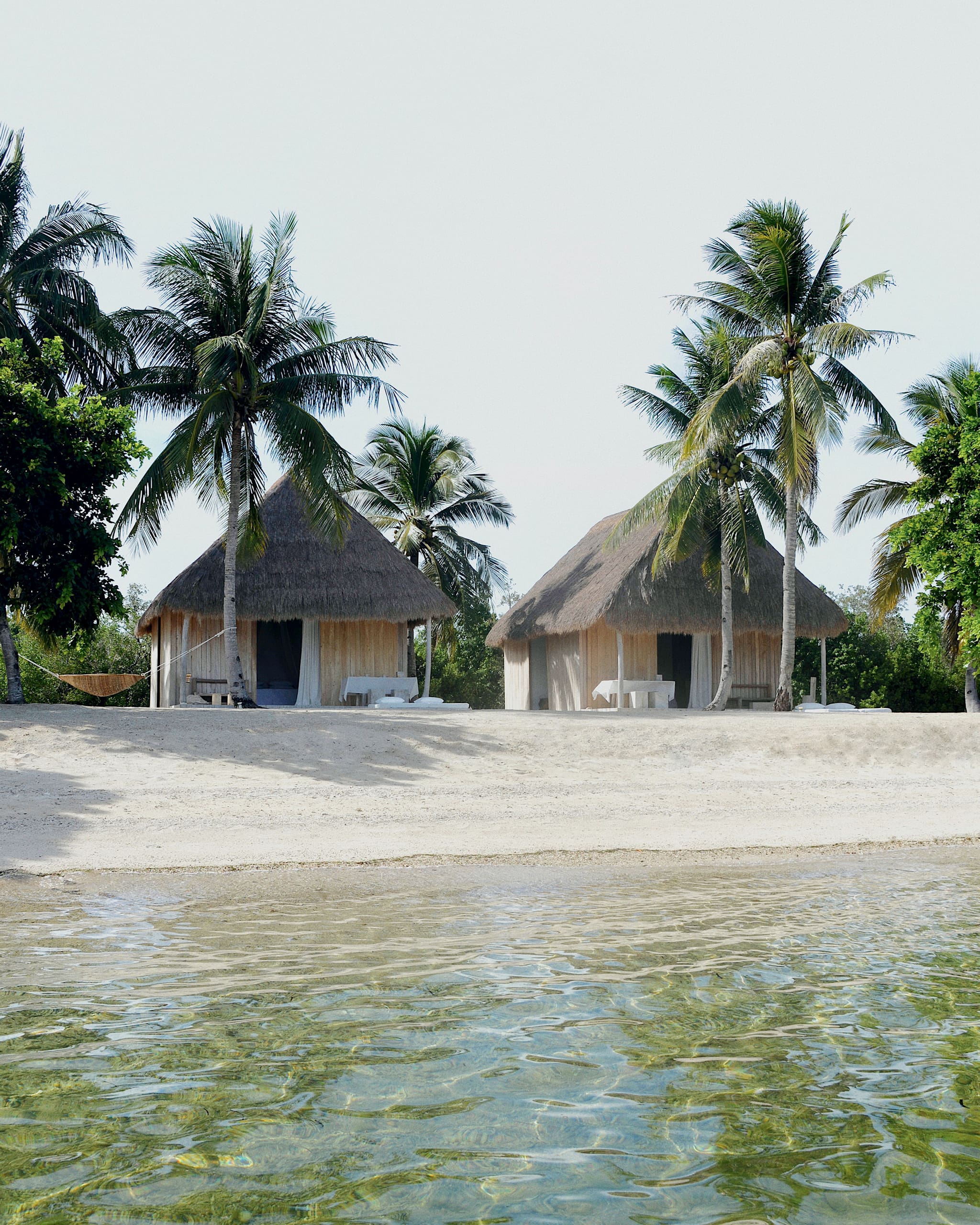
Overwhelmed by how and where to start, her first step, she felt, was to look for materials in the province of Romblon, the marble capital of the Philippines. “It wasn’t my first choice to come here. I came for the marble, but I fell in love with the province,” she says.
In her hunt for sources of marble, she first came to Romblon Island, staying in the retirement home of a Filipina woman and her French husband. He was a trained architect in his heyday, but once retired, he constructed simple huts made with the native kawayan (bamboo). Vianca raved about the design. She understands that Filipinos may have an internalized disdain for vernacular architecture. “We kind of think, ‘Oh, it’s hard to maintain. It’s gonna get old soon, it’s gonna look cheap.” But she was captivated by the retirement home’s understated Filipino design, using materials local to the environment.
As luck would have it, she found a property in the neighboring island of Puro to house her modest childhood dream of living by the sea. “Puro means ‘pure’ in Tagalog. I fell in love with the place because it reminds me of the old Philippines. So un-touristy. So untouched, still.” With her personal savings and the moral support of her family, she made the move to Puro by winging it.
There, she was welcomed by her neighbors and their children who would barter with her fruits in exchange for the apricots, cherries, and blueberries she would collect coming back from the occasional visits to Manila. “I kind of became a ninang to them. My neighbors inspired me to have this outlook on life where I should learn to enjoy the simple things, to be grateful.”
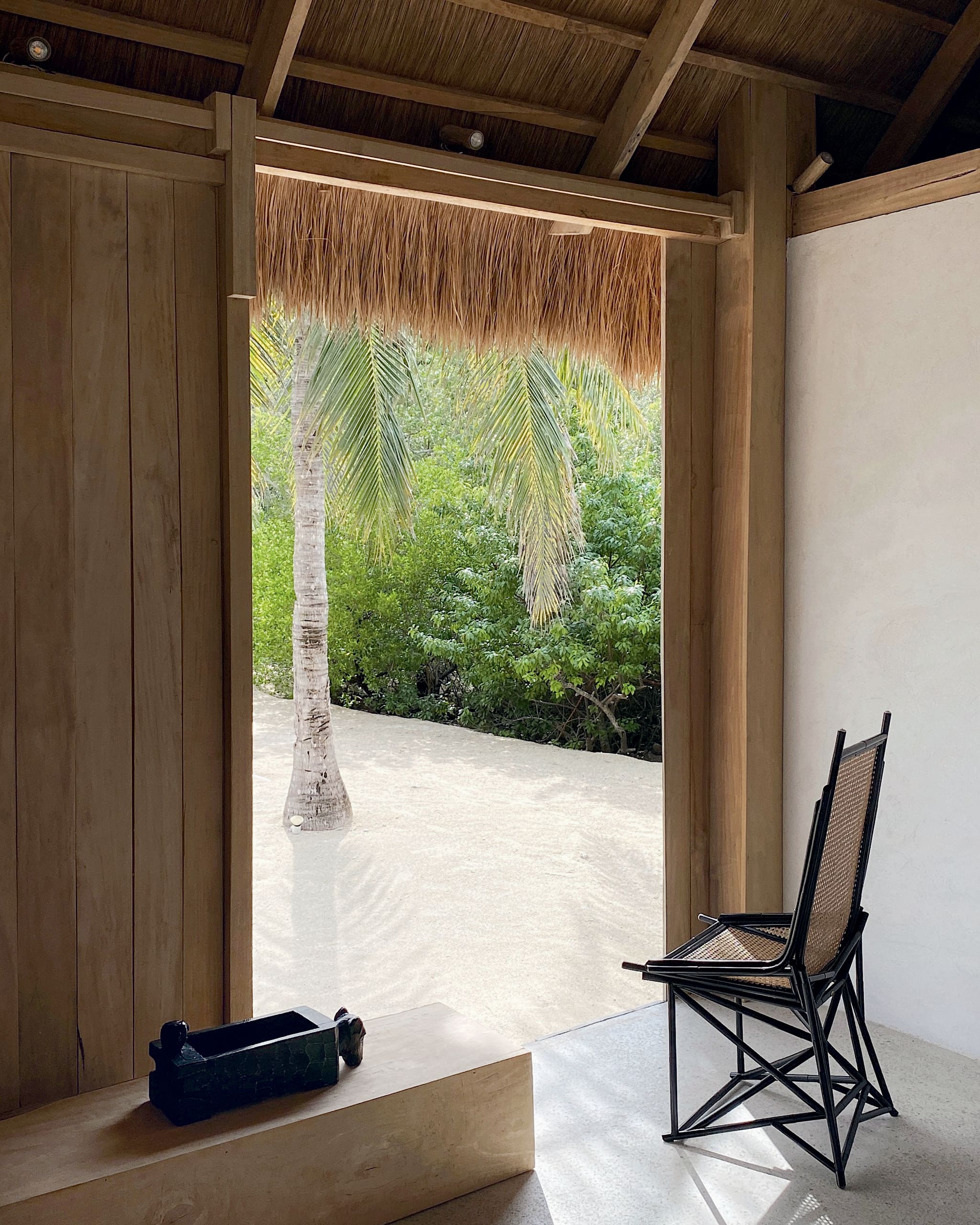
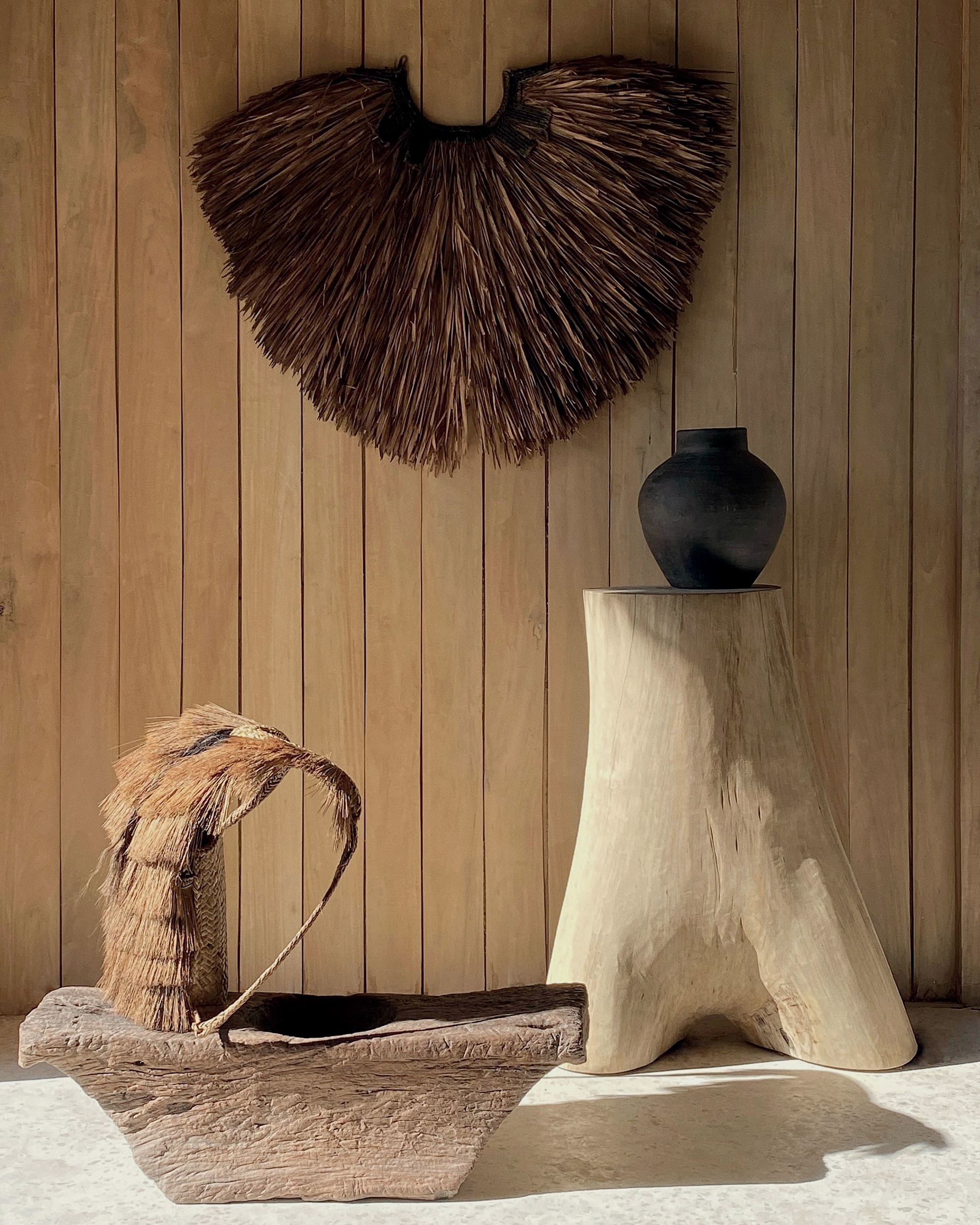
Vianca attributes much of Unna’s slow build ethos and mission to her father, the late Eduardo V. Roquero, a doctor and former mayor and congressman for San Jose del Monte, Bulacan. “He’s a simple, very practical guy. At the same time, he valued his work and connections with the community he was so loved by. He and my mom built a hospital there. I wanted to emulate him. He was basically my idol.” When he passed away, relatives and friends wondered whether Vianca would follow in her dad’s purposeful footsteps, which she did through Unna. “I felt that I wanted to make him proud.”
Unna is situated on an expansive beachfront, where the outside is as much a part of the experience as the huts’ interiors. “I wanted the outside to be a part of moving around the home and the community,” Roquero explains. “They’re all interconnected. All of the huts have wide openings.” And so the structure facilitates the natural interaction of an individual with their environment and community.
Slow building in an inevitable process as Vianca furnishes and designs each hut only with what’s local and what comes her way. Aside from a few accent pieces, like a Noguchi lamp and iconic Frank Gehry wiggle chairs, she was intentional in sourcing most building materials and furniture, coming from and made by the craftsmen of Romblon. “When you’re furnishing a resort, it’s so easy to just order online. But I realized I had to be intentional with the process of building. I’m taking my time and making use of the materials around me.”
In the last few months, a tall narra log washed ashore, which Vianca made into a bench. Then a storm uprooted a sampaloc tree, providing her with more discarded wood to give a second life to the huts of Unna.
Lately, she’s been focusing on the construction of the huts. She wakes up at 5 A.M, and after a leisurely morning of hiking up the hill, a swim by the shore, or pilates, she meets with her team of seven, all of whom are locals to Puro, checking on the construction progress.
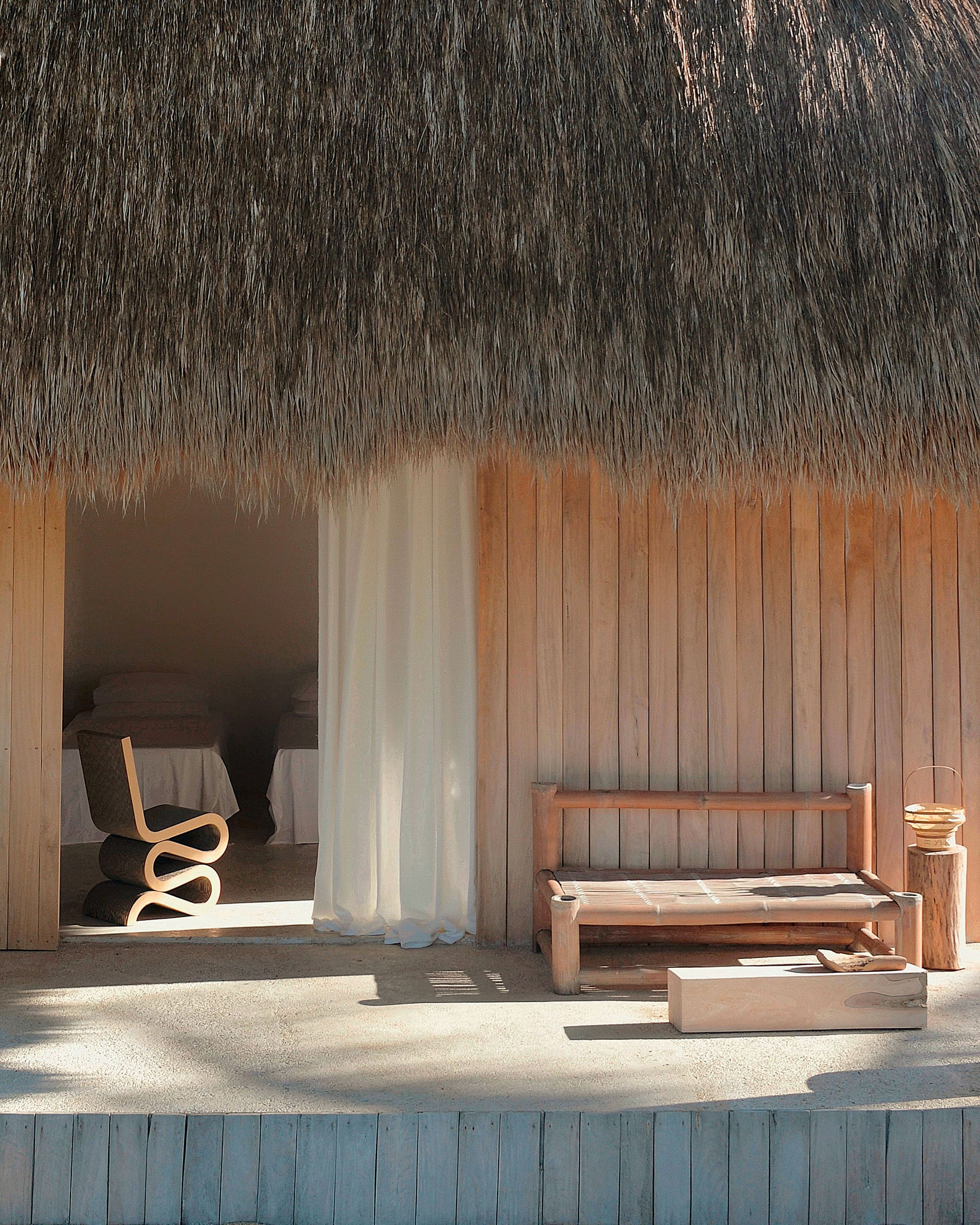
With Vianca’s design background, she approached Unna by finding the intersection between different aesthetics. “For the box huts, it’s a bit more modern. For the wooden huts, I wanted those to be more natural,” she says, adding how the interior and exterior walls are covered in pawid (coconut palm). “The flooring is actually terrazzo, made of marble bits we collected from a neighbor’s shore.”
What influences her interior design choices also draws on the personal. Vianca shares why she included the quintessential Batibot chair, which she had painted in white: “I think it’s very much part of my childhood. Every time someone notices the Batibot chairs they always go, ‘Oh! It reminds me of my childhood.’ That’s what I’m trying to tap into.” Additionally, she takes inspiration from Ifugao huts, with a roof made of cogon, and the jars, drums, backpacks, and traditional raincoats she already had on hand, gathered from her travels to the Cordilleras.
She remembers acquiring her approach to slow design from her father. “When I was living in my grandma’s house, I would tell him, ‘This light switch is so outdated. Papa, can we change it?’ and my dad would always tell me, ‘Why would you replace something if it’s still doing its purpose?’ Back then, I wasn’t thinking about it much as an interior design student. When I got older, I realized that he was right. It’s really stuck with me. With Unna, I try to have that approach. It has to have meaning. It has to be personal to me. In that way, I won’t get rid of it.”
As for ensuring that Unna keeps to its values of sustainability, Vianca says that funding the project solely comes from her siblings helping out and her savings from her time in Dubai. “We don’t have any outside investors. Which is how it stays a small enterprise.”
Despite the unhurried, unpaved, and sandy journey, Vianca remains enthusiastic for what lies ahead with Unna. “I’ve traveled to a lot of inspiring places. I’ve been able to decide on what works for me and my aesthetic,” she says. “I’ve been marinating on it for the longest time, and it excites me to finally see my ideas come to fruition.”
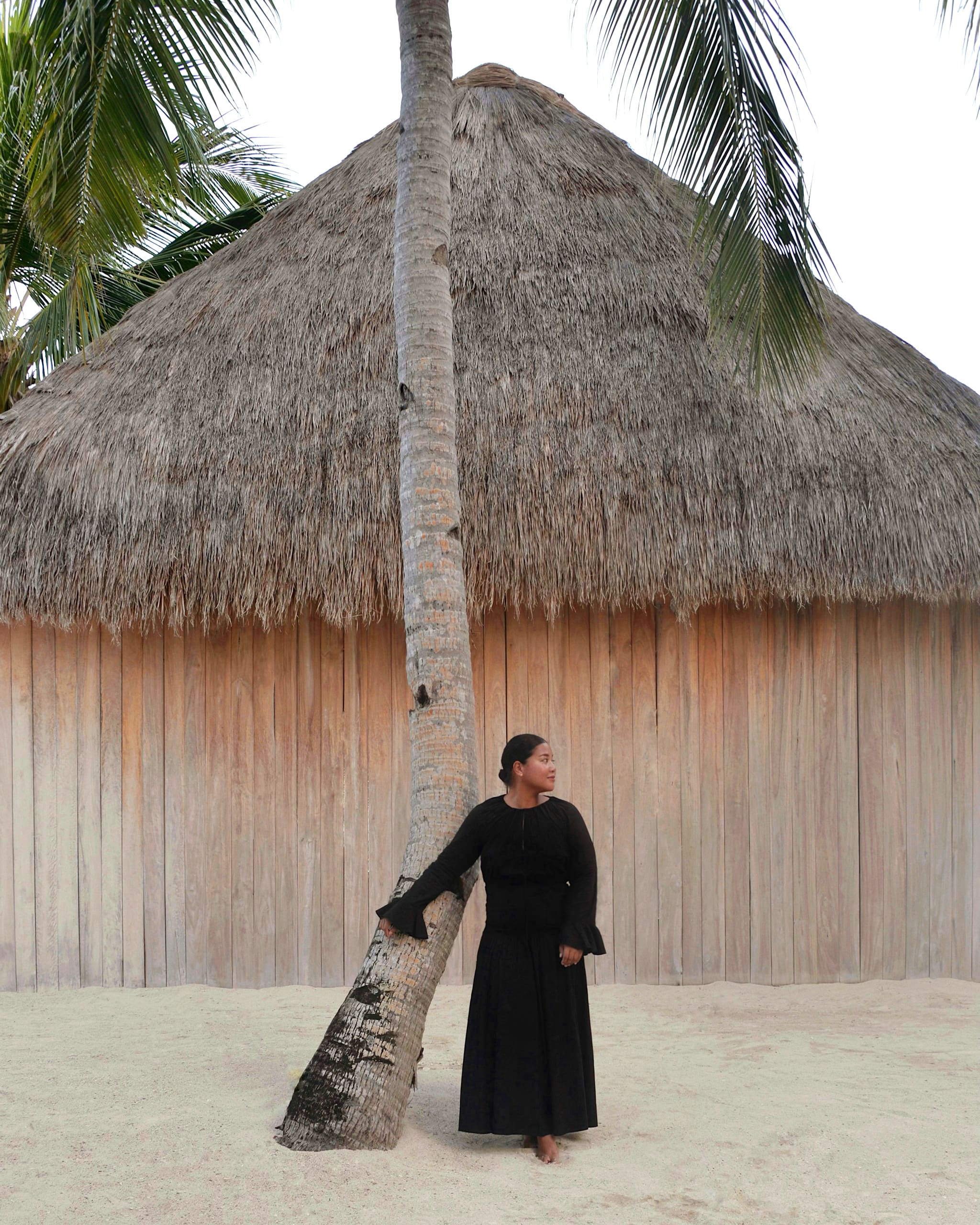
Interview by ELKA REQUINTA
This story originally appeared in Vogue Philippines September 2022 Issue
